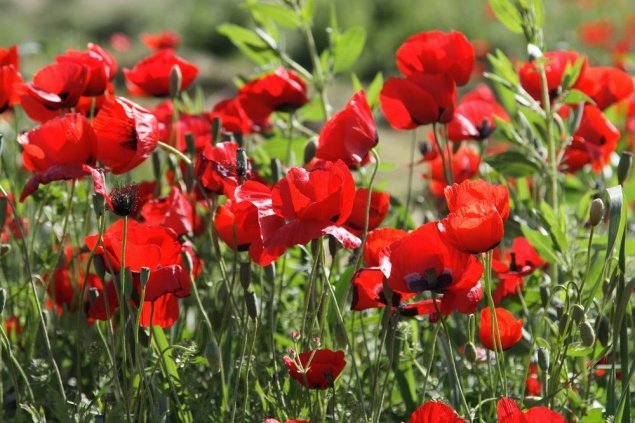|
|
Life In Iran
|
Iran – United States relations deteriorated rapidly during the revolution. On 4 November 1979, a group of Iranian students seized US embassy personnel, labeling the embassy a "den of spies". They accused its personnel of being CIA agents plotting to overthrow the revolutionary government, as the CIA had done to Mosaddegh in 1953. While the student ringleaders had not asked for permission from Khomeini to seize the embassy, Khomeini nonetheless supported the embassy takeover after hearing of its success.
While most of the female and African American hostages were released within the first months, the remaining 52 hostages were held for 444 days. Subsequent attempts by the Jimmy Carter administration to negotiate or rescue were unsuccessful. In January 1981 the hostages were set free according to the Algiers Accords.
Iraqi leader Saddam Hussein decided to take advantage of what he perceived to be disorder in the wake of the Iranian Revolution and its unpopularity with Western governments. The once-strong Iranian military had been disbanded during the revolution. Saddam sought to expand Iraq's access to the Persian Gulf by acquiring territories that Iraq had claimed earlier from Iran during the Shah's rule. Of chief importance to Iraq was Khuzestan, which not only has a substantial Arab population, but boasted rich oil fields as well. On the unilateral behalf of the United Arab Emirates, the islands of Abu Musa and the Greater and Lesser Tunbs became objectives as well. On 22 September 1980 the Iraqi army invaded Iran at Khuzestan, precipitating the Iran–Iraq War.
Although Saddam Hussein's forces made several early advances, by 1982, Iranian forces managed to push the Iraqi army back into Iraq, allying with the Iraqi Kurds, who rose up in rebellion against Saddam. Khomeini sought to export his Islamic revolution westward into Iraq, especially on the majority Shia Arabs living in the country. The war then continued for six more years until 1988, when Khomeini, in his words, "drank the cup of poison" and accepted a truce mediated by the United Nations. The total Iranian casualties of the war were estimated to be anywhere between 500,000 and 1,000,000; with more than 100,000 Iranians being victims of Iraq's chemical weapons. Almost all relevant international agencies have confirmed that Saddam engaged in chemical warfare to blunt Iranian human wave attacks; these agencies unanimously confirmed that Iran never used chemical weapons during the war.
|
|









